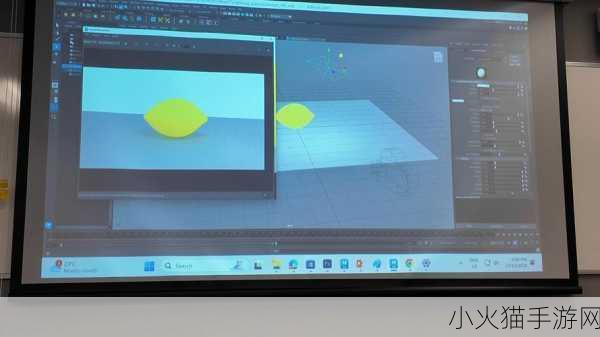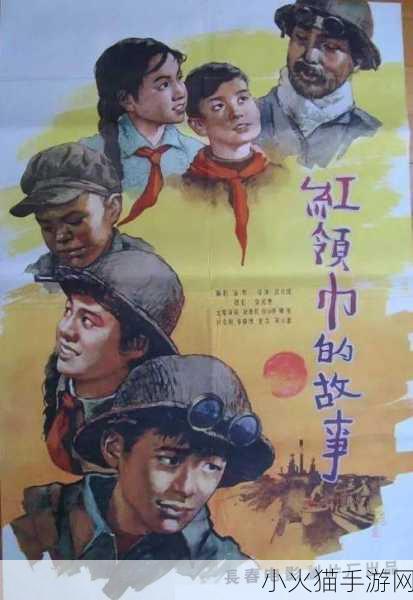冰块与学习的奇妙联系
做错一道题,放一个冰块,这一独特的方法听上去似乎有些荒谬,但却能在无形中帮助很多学生改善他们的学习方式。这种方法不仅仅是对错误的一种惩罚,更是一种激励和自我反省的手段。通过这种小巧思,可以让人们更深刻地认识到错误的重要性,同时形成积极纠正错误的习惯。
心理学背后的机制
研究表明,人类对于冷感和温暖有着不同程度的敏感。在面临压力或负面情绪时,给予自己一些实际上的“冷处理”,例如用冰块来提醒自己问题所在,有助于缓解焦虑并提升专注力。当把注意力集中在物理刺激上时,大脑可以暂时摆脱那些令人沮丧的问题,从而以更加清晰、更为开放的心态重新审视自己的所作所为。
建立正确应对失败的方法
接受失败是成长过程中的重要组成部分,每个人都会犯错。然而,如何看待这些失误,以及怎样从中吸取教训,却往往决定了未来的发展方向。将这一步骤与具体行动结合起来,例如每当出错就给自己设置明确的小目标,再加上一份生动直观、能够记住的新鲜体验(比如触摸一个冰块),便能不断强化这一认知过程,加深印象,从而促使后续改进。
创造竞争环境以提高动力
The idea of using ice cubes can also foster a playful yet competitive atmosphere. If this method被引入课堂活动,不同组别之间进行比拼,看谁能最快找到解决方案,并得到最少数量的“处罚”,这样的游戏规则会调动参与者更多兴趣。同时,通过轻松幽默地面对常见失误,可以有效降低心理阻碍,使大家愿意分享各自遇到的问题,而不是因为害怕批评而选择沉默。
利用技术辅助管理反馈环节
This approach could be integrated into digital learning platforms, where students receive immediate feedback on their performance. For instance, an online quiz tool could automatically assign virtual “ice blocks” for errors made during assessments. This technique not only creates a sense of accountability but also allows learners to visually track their progress over time and recognize patterns in the areas needing improvement.
共同体力量促进交流学习
A community aspect often enhances individual efforts. Establishing study groups or peer support systems where members share experiences about mistakes—and perhaps even join together in light-hearted discussions around the use of ice as a metaphor—creates a collaborative environment that normalizes failure while promoting growth.







